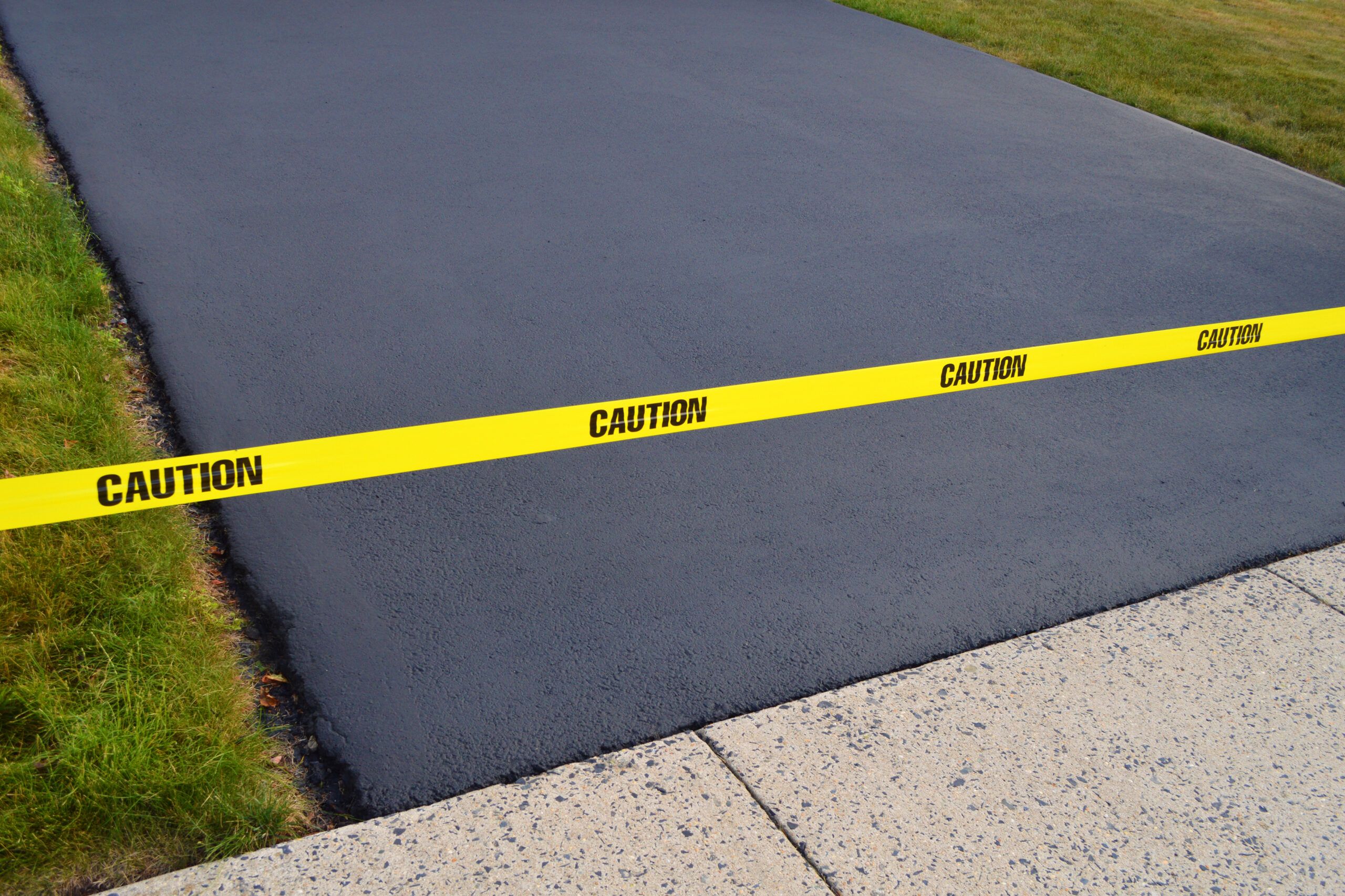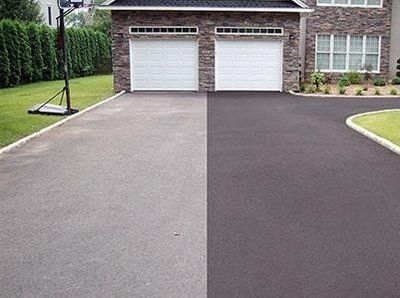Warm Mix Asphalt: A Lasting Remedy for Sidewalk
Hot Mix Asphalt (HMA) has emerged as a leading sustainable option for pavement options, providing a myriad of cutting-edge innovations and environmental advantages. As the need for eco-friendly building and construction methods expands, discovering the nuances of HMA's sustainability can supply beneficial insights right into the future of pavement services.
Ecological Benefits of Warm Mix Asphalt

In Addition, Warm Mix Asphalt assists to alleviate urban warm island results. Its dark shade soaks up sunshine, reducing the quantity of warmth reflected back right into the ambience compared to lighter-colored pavements. This can reduce ambient temperatures in city areas, lowering the demand for air conditioning and eventually reducing energy intake.
Additionally, Hot Mix Asphalt adds to improved stormwater management. Its porous nature enables water to recharge and infiltrate the pavement groundwater supplies, minimizing runoff and the threat of flooding. These environmental advantages make Warm Mix Asphalt a lasting choice for paving roads and highways.
Power Efficiency in HMA Production
Is power performance an important consider the production of Warm Mix Asphalt (HMA)? Absolutely. Energy plays a significant role in the manufacturing of HMA, affecting both cost and environmental sustainability. One crucial element of energy performance in HMA production is making use of warm mix asphalt (WMA) innovations (regrading). WMA enables the mixing and positioning of asphalt at lower temperature levels compared to conventional hot mix asphalt, leading to lowered energy intake throughout production. This procedure not just decreases fuel usage but additionally decreases greenhouse gas exhausts, making it a more environmentally pleasant option.
Moreover, innovations in plant technologies have led to even more energy-efficient HMA production processes. By enhancing energy use in HMA production, the market can lower its carbon impact while preserving top notch pavement materials.
Recyclability of Hot Mix Asphalt
The recyclability of Warm Mix Asphalt (HMA) is a pivotal facet of its sustainability and lasting ecological influence. HMA is one of the most recycled products in the United States, with over 100 million lots of recovered asphalt pavement (RAP) being recycled yearly in brand-new sidewalk building. Reusing HMA supplies several ecological advantages, such as lowering the demand for virgin products, reducing power consumption during manufacturing, and lowering the quantity of waste sent to landfills.
The procedure of reusing HMA includes crushing the existing sidewalk, squashing it right into smaller items, and mixing it with new aggregate and asphalt binder to produce a recycled mix. This recycled mix can commonly do in addition to or perhaps far better than traditional HMA, while calling for less resources and producing reduced greenhouse gas emissions. By integrating RAP into brand-new pavement tasks, road agencies can preserve natural deposits, decrease costs, and minimize the ecological footprint of road construction and maintenance tasks. Generally, the recyclability of HMA plays a significant duty in advertising sustainable techniques within the sidewalk market.

Long-Term Performance of HMA
Asphalt sidewalks demonstrate durability and strength over an extended period, showing the long-term efficiency of Hot Mix Asphalt (HMA) The longevity of HMA can be credited to its ability to stand up to hefty website traffic loads, harsh climate problems, and the results of aging. Research studies have shown that properly designed and properly built HMA pavements can last for 20 years or even more with normal upkeep. The trick to taking full advantage of the lasting efficiency of HMA exists in making use of top quality materials, following ideal techniques in construction, and carrying out effective upkeep strategies. Appropriate drainage, routine inspections, and timely repairs are crucial for protecting the architectural honesty of HMA sidewalks in time. In addition, developments in HMA modern technology, such as the usage of polymer-modified binders and cozy mix asphalt, have actually additionally see here now boosted the resilience and longevity of HMA sidewalks. By focusing on top quality building and construction and maintenance techniques, HMA remains to confirm itself as a lasting and cost-efficient solution for long-lasting sidewalk framework.

HMA: Toughness and Sustainability
Showing both durability and sustainability, Hot Mix Asphalt (HMA) has actually become a foundation in the construction of durable sidewalk facilities - angled parking. HMA's longevity originates from its ability to stand up to heavy tons, harsh weather conditions, and high web traffic quantities, making it a reputable selection for highways, highways, and airport paths. The composition of HMA, which commonly consists of accumulations, binder, and filler, plays an important function in boosting its longevity and resistance to deterioration
Furthermore, HMA's sustainability depends on its recyclability and energy-efficient production process. The ability to recycle reclaimed asphalt pavement (RAP) in new HMA blends decreases the demand for virgin products and minimizes the ecological influence of sidewalk building and construction and upkeep. In addition, the power effectiveness of generating HMA exists in its reduced blending temperature levels compared to other sidewalk materials, leading to reduced power consumption and greenhouse gas exhausts.
Conclusion
In conclusion, hot mix asphalt (HMA) provides a sustainable service for sidewalk with its eco-friendly characteristics. HMA's recyclability, energy performance in production, and lasting sturdiness make it an environment-friendly choice for roadway construction. By conserving natural deposits, minimizing waste, and lowering greenhouse gas emissions, HMA plays a critical duty in promoting see here sustainability in facilities development. Its capacity to reduce urban warmth island impacts additionally highlights its importance in creating durable and eco aware Recommended Reading sidewalk systems.
HMA is one of the most recycled materials in the United States, with over 100 million loads of reclaimed asphalt sidewalk (RAP) being reused every year in brand-new sidewalk building.The process of recycling HMA includes milling the existing pavement, crushing it right into smaller sized pieces, and mixing it with new accumulation and asphalt binder to develop a recycled mix.Asphalt pavements demonstrate sturdiness and strength over an extensive period, reflecting the long-term performance of Hot Mix Asphalt (HMA) In addition, improvements in HMA modern technology, such as the use of polymer-modified binders and warm mix asphalt, have actually even more enhanced the resilience and longevity of HMA sidewalks. The capacity to reuse redeemed asphalt sidewalk (RAP) in new HMA combinations minimizes the need for virgin products and lessens the environmental influence of sidewalk building and construction and upkeep.